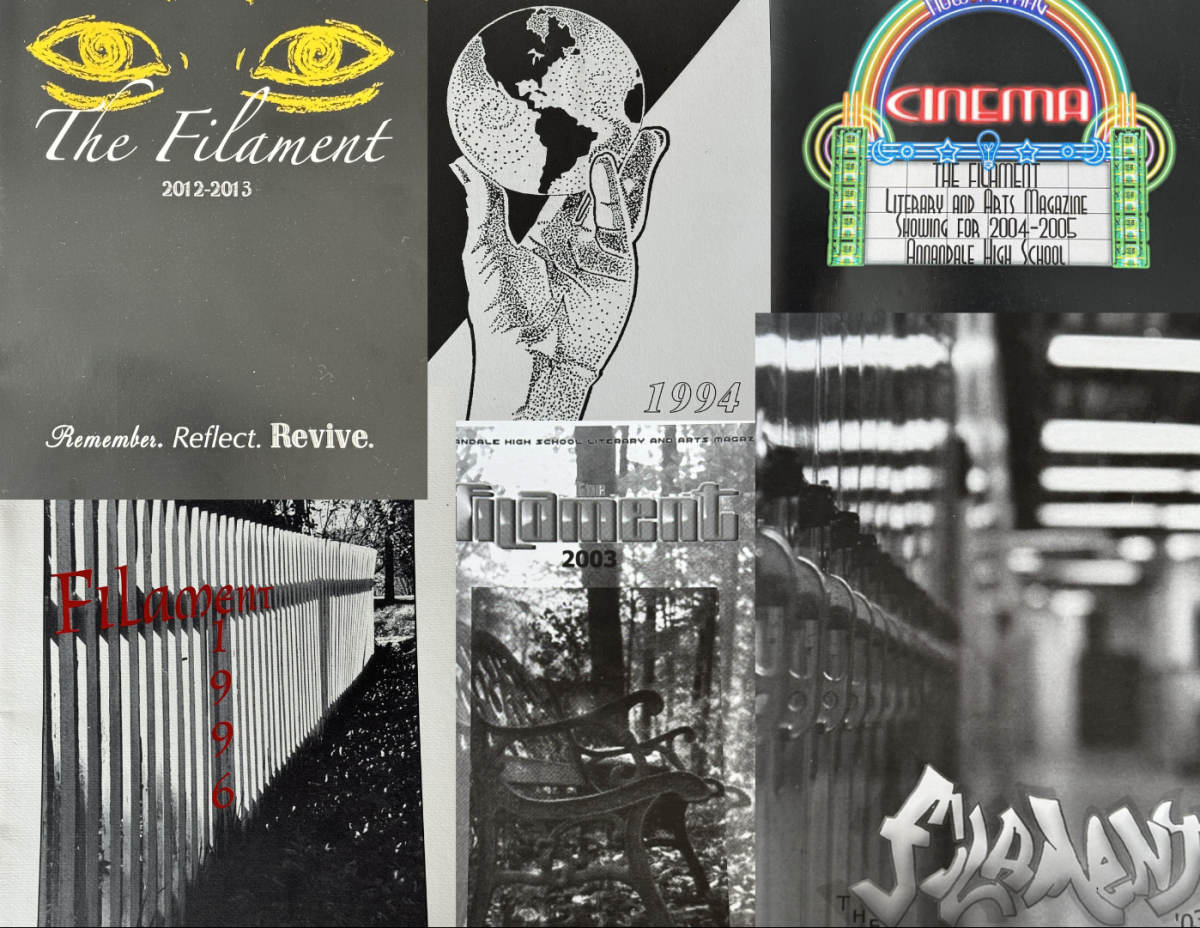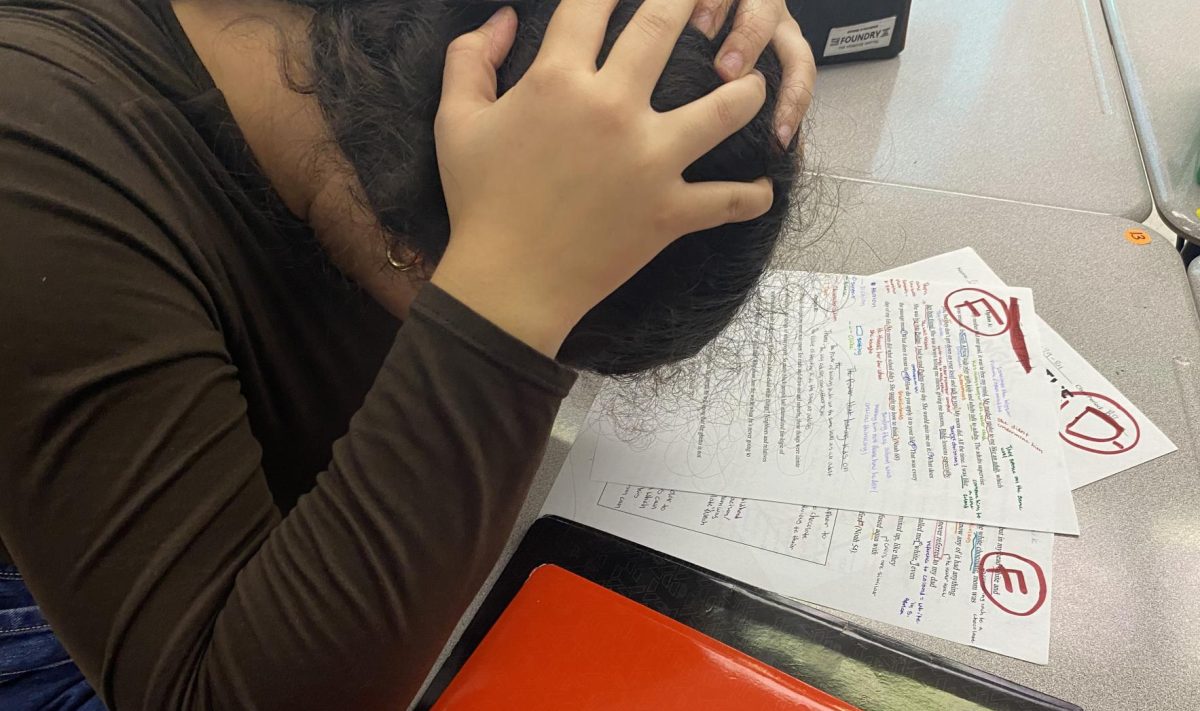We are a school of immigrants, athletes and artists. We are journalists and activists. Some of us embody all of these qualities. Others do not. Even more embody only some. But these appellations do not wholly describe who we are. They simply describe part of our identities.
The theme of this page was inspired by a meeting I attended over the summer. It was a conference between young Israeli and Palestinian leaders at the International Meridian House. The subject of the day was the American concept of the separation of church and state.
However, they were not as interested in the nuances of America’s relationship between religion and politics as they were in how we, as a population, define ourselves.
“How is it that most citizens of the United States call themselves ‘Americans’ first and then use any adjectives afterwards?” one attendee said.
It was an interesting question, and subsequently evoked some interesting responses. Identity is such a pervasive force, yet rarely appreciated simply because it is different for each person and defined in a number of different manners throughout academia. At a school as diverse as AHS, our identities undoubtedly influence the way we act. Thus, I do not plan on attempting to find an answer to the attendee’s question. Instead, I thought it would be intriguing to elucidate some of the many factors that have caused us to dress as we dress, speak as we speak, and interact as we do, for example, with our peers throughout AHS.
According to University of Georgia politics professor Sherry Lowrance, identity is a “complex, evolving, multi-layered, and situational relationship between an individual and a group or a number of groups.” If this is true, then AHS is the perfect venue in which to study identity.
FCPS reports that AHS has one of the county’s most mobile populations. Of the 2,758 students enrolled in AHS at the beginning of the 2010-2011 school year, 492 had moved, transferred or otherwise left by the end of the school year. As such a transient community, AHS certainly hosts a plethora of identities.
Scholars of social identity theory agree that there are two fields of study within identity—social and personal identity. Social identity, or collective identity, describes the way that a group defines itself, whereas personal identity describes the way that an individual describes himself or herself.
There are a variety of factors that form these distinct identities. Family, education, background and culture are among them.
“My family has had a large influence on me. Culturally, I am a Muslim and from Uzbekistan. My family always tries to remember who we are. We always try to uphold our culture at home. For example, we practice certain customs and speak Russian in order to conserve our culture.” senior Ulugbek Israilov said.
For many students at AHS such as Israilov, culture is an important component of identity.
Identity is also a changing perception. As one’s opinion of his or her religion (or lack thereof), family and upbringing change, so too can one’s description of his or her identity.
“My family applies a loose interpretation of our religion. We are always welcome to learning new things, and open to new ideas,” Israilov said.
Ultimately, in a school as diverse as AHS, the development of our identity only helps to add to the variety of perspectives that grace the school’s classroom discussions and projects. With so many different backgrounds, traditions and opinions pervading our environment, each student’s self-described identity is easily subjected to change.
“Most importantly, my actions create the person who I am today. Not how I define myself,” Israilov said.








